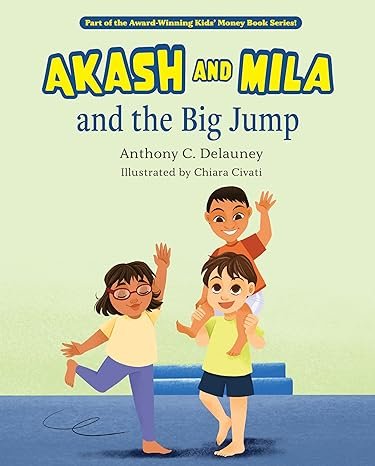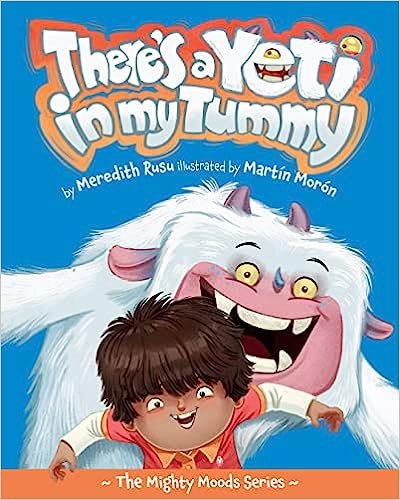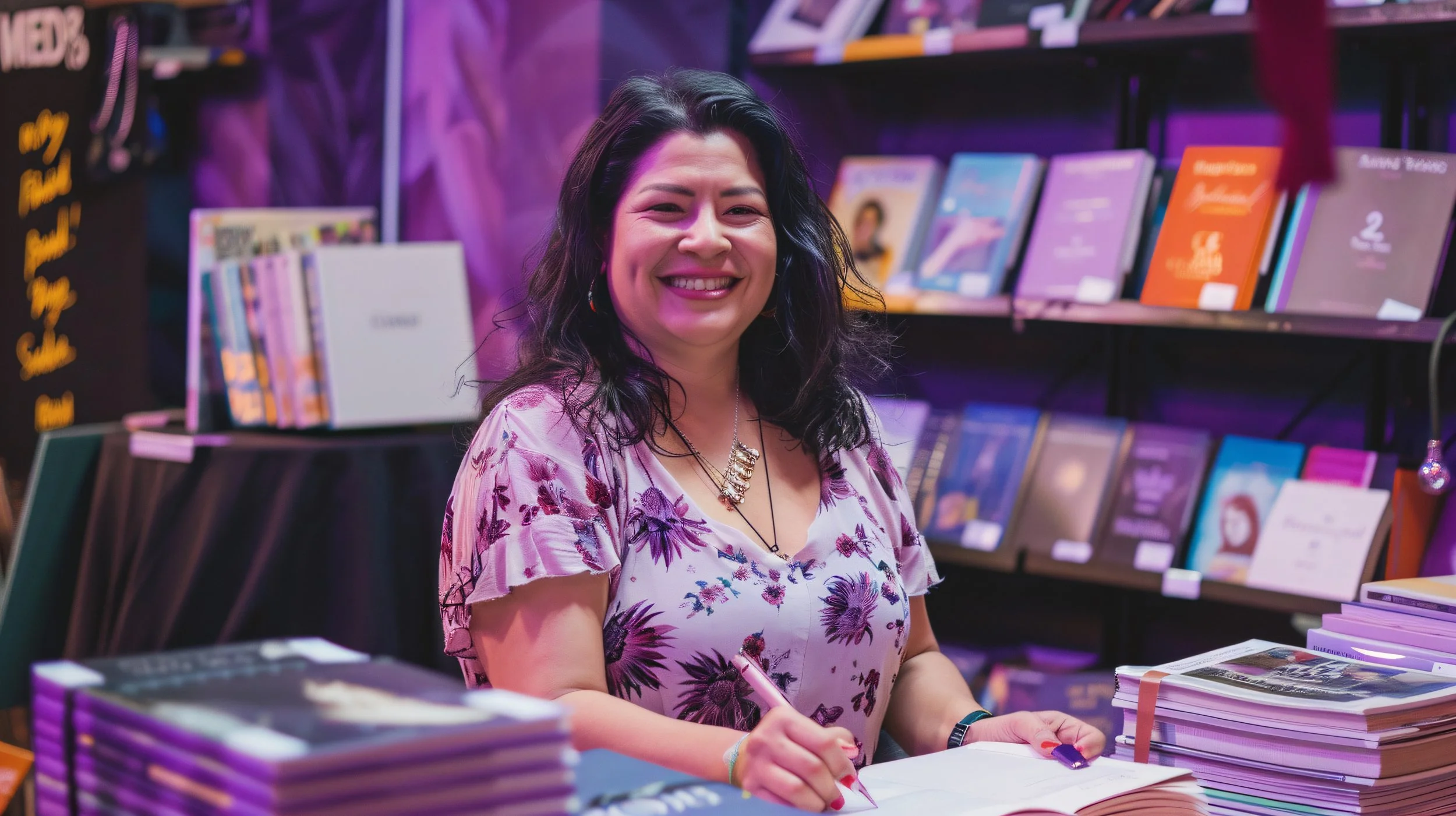Transforming Old Friends by J Tullos Hennig
/Have you noticed the trend? Fairy tales retold. Yet another blockbuster comic remake. Well-loved franchises trotted out, either to success or despair—or both. Book covers featuring the same tropes, the same poses, and the same cover models.
Retellings, always present and always a safe bet, are lately beyond pervasive. Be it book or movie, its seems a requirement: be tied-in, redone, revamped, or jumpstarted from extant material. Forgive my sounding like a crotchety old fart, but there are entirely too many reboots these days.
Now, before you take me to task for a strange—even arsy—statement from an author who’s amidst publishing a series based on the legends of Robin Hood... well, let’s consider the whys. (And I do hope you’ll allow me a teensy pass in the fact that I first wrote ‘my’ Robin over 35 years ago.)
One could argue everything is a reboot; after all, there are only so many plots/ narratives/ what-have-you within the realm of Story. Yet it follows, almost exponentially, (and yes, yours truly had a mathematician friend check me on this because, well, math) how an infinite number of ways exist in which that finite number of plots can be duplicated, mashed-up, and expounded upon. Especially considering that each artist has their own lens through which to consider the infinite.
Which makes it rather incomprehensible that the same ol’-same ol’ keeps getting dragged out and flung about. Yeah, I know. Sure things are the best of bets...
But are they, really?
Because when you take that risk and that 30-1 longshot comes in, it comes in big. And it’s usually something that everyone rolled their eyes about, and swore would never catch on. Something unique, even in the annals of So Many Plots.
And often the enduring success of such a longshot comes down to two things: respect for the source, and voice.
First, voice. Hidden voices in particular. These can inform the story: the PoV of an extraordinary character, the author’s own distinctive experience, loving and empathetic research; wherever and whatever the source, voice is what can render a story familiar and hum-drum... or startling and unique on an almost cellular level. In particular it’s the marginalised voice that can twist the tail of any trope, make it reveal things ancient and unseen. It can reveal neglected perspectives long untold. Or silenced.
For example:
Buy on Amazon | Barnes and Noble
Why does Cinderella stay in that abusive home? Historically she likely had little choice... but why make it a virtue that she smiles and takes it until some man rescues her? Maybe she’s decides to become an herbalist and specialise in mind-altering substances...
Sherlock Holmes is a character straight from Victorian England... or is he? What if he was in the 21st century and a self-admitted high-functioning sociopath, with mobile phone at his hip and Watson blogging their adventures on social media?
Why does Robin Hood stay in the forest with a bunch of rowdy men, yet swear by the Lady? Perhaps he’s a lover of men, personification of a woodland god, and devotee of an ancient goddess.
(Yes, it’s a fair cop; that last one is my series. ;) )
And these are only a few examples from Western European legend. There’s also a wealth of underserved but vital cultures and perspectives that could crowd this page to bursting—yet are too often left unheard; dismissed, or painted with a perspective that doesn’t truly reflect their ways or beliefs.
This brings us to respect. When reimagining an old warhorse of a legend, you owe it to Story to not only respect, but love its cultural legacy and its purpose. You have to question whether flipping it over and wringing it inside out is appropriate, and when you do reimagine it, the onus is on you to shape it to the best of your ability into a vital and valuable continuation. Because that Story has a voice, just as you do, and it matters. And trust me, not everyone will agree that you have been respectful even if you think you have. We all have our own voices and our own varied experience... but any time an author flings Story into the wind of readership—particularly a familiar, well-loved one, there are consequences fair and foul.
Much easier—less risky—to just go ahead and rehash that skim-the-surface trope, right?
But perhaps that is also disrespectful. Not only to the power of legend, which often must morph and grow—be heard—or diminish... but also to your own craft.
No one said this was easy. To (very) roughly paraphrase Ursula K. LeGuin, we aren’t selling deodorant.
So. Instead of the same ol’, tired ol’, perhaps we, as readers and writers, need to stop hedging our bets. Go for those long shots: invest in different voices, disturbing voices, support viewpoints and characters foreign to our own perceptions. Walk away from surface-scratchy retellings that just repeat our own inner monologues and present scant motivation for us to think outside our own safe box. We must require—and provide—more rich investment of time and heart-space, more underserved viewpoints, more cultures we perhaps mightn’t easily comprehend. Perhaps one of the best ways to start this conversation is by allowing familiar characters to manoeuvre us unto unfamiliar territory.
And, always, honour old friends whilst allowing them to transform into new ones we didn’t realise we had.
It’s what I’ve done my best to accomplish with the Wode books. And let me put it out there, right now: I would love for you, dear readers and followers of What Is That Book About?, to provide me with some examples of extraordinary re-imaginings. Let’s compare lists.
About the Book
The Summer King has come to the Wode...
Yet to which oath, head or heart, shall he hold?
Once known as the Templar assassin Guy de Gisbourne, dispossessed noble Gamelyn Boundys has come to Sherwood Forest with conflicted oaths. One is of duty: demanding he tame the forest’s druidic secrets and bring them back to his Templar Masters. The other oath is of heat and heart: given to the outlaw Robyn Hood, avatar of the Horned Lord, and the Maiden Marion, embodiment of the Lady Huntress. The three of them—Summerlord, Winter King, and Maiden of the Spring—are bound by yet another promise, that of fate: to wield the covenant of the Shire Wode and the power of the Ceugant, the magical trine of all worlds. In this last, also, is Gamelyn conflicted; spectres of sacrifice and death haunt him.
Uneasy oaths begin a collision course when not only Gamelyn, but Robyn and Marion are summoned to the siege of Nottingham by the Queen. Her promise is that Gamelyn will regain his noble family’s honour of Tickhill, and the outlaws of the Shire Wode will have a royal pardon.
But King Richard has returned to England, and the price of his mercy might well be more than any of them can afford...
About the Author
J Tullos Hennig has always possessed inveterate fascination in the myths and histories of other worlds and times. Despite having maintained a few professions in this world—equestrian, dancer, teacher, artist—Jen has never successfully managed to not be a writer. Ever.
Her most recent work is a darkly magical & award-winning historical fantasy series re-imagining the legends of Robin Hood, in which both pagan and queer viewpoints are given respectful voice.
















































